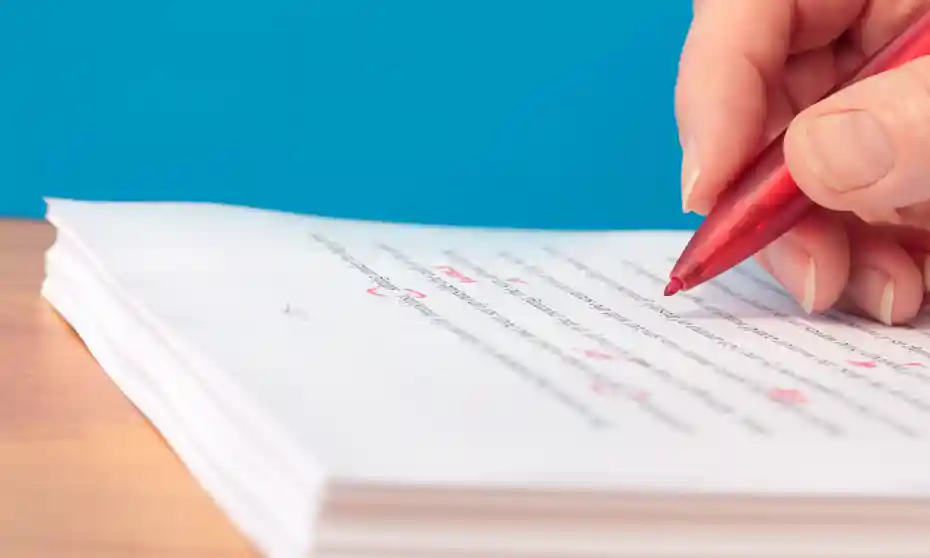How long does it take to actually get your book edited after it is already completed? This is a question that is quite common for authors. Now before I get into the strategy, before I really break down the editing process, I am going to say this just to be transparent. The manuscript and then also the size of your book is a big differentiating factor between how long it takes.
Types of editing
Sometimes I’ll talk to people in need of editing who seem surprised when I ask them what type of editing they need or whose eyes kind of glaze over. There’s a little bit of upward silence sometimes and. Every now and then, I’ll get the ” I just want it to be better kind of” response, but honestly, I get it.
The editorial process is kind of a mystery to most people. If you’re a reader or writer, you may not know how many passes and the manuscript goes through before it’s published. There are so many hands that touch a manuscript, whether it’s the literary agent sometimes or the production editor, the developmental editor, copy editor, the proofreader.
Sometimes most editors wear a lot of hats when they are working on editing, and sometimes most editors just only specialize in one area, whether it may copy editing or different substantive editing, or other proofreading. You can easily find a right freelance short story editor attractively online, if you need quality professional help to make sure you will get the RIGHT results.
Developmental editing
First, we to talk about right developmental or substantive editing. This type of editing focuses primarily on helping an author develop an idea, so developmental editors either help a book idea come into fruition, or they work on larger scale issues in an existing manuscript, so developmental editors might work on plot holes or moving around a chapter.
Or, you should know, at the all basic level, making sure the all content is easily readable and coherent. Developmental editors are often researchers in fact-checkers. Sometimes they work on keeping track of the timeline to make sure that the plot makes sense and make sure that everything is logical.
Sometimes they work on organizing all of the necessities so that there aren’t any glaring issues to the reader. Developmental editing is all about finding the right tone and style, and format for the intended audience.
Line editing
Next, we have content editing or line editing. Now, this type of editing really has to do more with stylistic editing or stylistic changes that you’re making, so this could be anything from recasting a sentence or a paragraph to making sure that you avoid ambiguity and that you’re just kind of looking out for the overall flow.
Content Editors have to have a firm grasp of the English language, but they’re also doing so much more than your basic copy editor. But most unlike copy editors, they have to do a lot more and more than just change words usage or typos.
They have to walk that fine line between preserving the author’s voice and intended meaning and fixing sentences or phrases that sound awkward or clunky.
Copy editing
Next, we have copy editing. Copyediting includes making sure that quotations are cited properly, checking for inaccuracies, and the correct style for in-text citations. It includes checking cross-references and making sure everything is consistent.
It means you know checking for correct spelling and capitalization and punctuation, numerals, and abbreviations. And so much more. Copy editing is always usually the main stage after content or line editing. But things do slip through the cracks, so copy editors do have to flag off word writing and things like that.
They also sometimes have to find a copyright holder’s permission or check figures and illustrations. As a copy editor, you are married to your dictionary. You have to check non-conventional spellings of words.
You have to look out for formatting errors, word usage, tone, and style. Copy editors edit for correctness and consistency, including grammar and syntax. And style treatment of numbers, straight formatting, making sure the chapters in the books all align correctly to the table of contents.
Proofreading
Next, we have proofreading, which is the last stage of the editorial process, and it’s the polishing of the manuscript. Basically, proofreaders help authors fine-tune their manuscripts for consistency during the final stages.
So they check for typographical errors or mechanical errors, word usage, grammar, awkward writing, or missing text. Consistency with formatting, punctuation, misspellings, or other discrepancies and overall appearance. Proofreading deals every time with correcting obvious all errors and sticking to a right stylesheet to make sure that you are as consistent as possible.
As a proofreader, you have to scrutinize every component of the text; you have to keep an eye out for illogical or repeated text. You have to look out for bad breaks. There are just a lot of little minor things that, as a proofreader, you have to look after.
How long does it take for each type of editing?
Developmental editing
So, when we think about developmental editing, it can usually take 4 to 5 hours for every 20 pages.
Heavy copy editing
Now, when you think of heavy copyediting, it takes almost the same amount of time, usually about two to five standard pages per hour.
Basic copy editing
When we think more sober, basic copy editing is usually 5 to 10, maybe 2 to 7 pages per hour.
Proofreading
Now, when we get into proofreading, which is kind of the lowest level of editing, you’re just going through it and proofreading. I think a lot of authors that finish their book they’re probably proofreading their book, and they’re calling it editing. But usually, it’s almost around 9 to 13 pages per 01 hour.
It just only depends again on the actual level of writing. And then also the size and how long and specific your manuscript is.
Things to consider
A really good quality editor is only going to be working roughly 5 hours per day on books on editing projects. So when you think about if he or she is working on your book, you are not their only client.
It depends on all these other factors. That is why on the front end, you need to be able to have a solid strategy. You want to be able to have a clear and concise message. You want to be able to have structure to your chapters.
You want to be able to have a clean and professional manuscript, so by the time you send it to an editor; you have already cut out all the fat and kept the bones, and also you have left all of that fluff out and kept your message concise.
Ask your editor this question
One question I want you to ask your editor is how many clients they are currently working with and in those clients that they are working with. At what stage of the process are they? That will give you the best gauge on how long it will take them based upon the firm deadline that you are giving them to be able to finish your project.
Conclusion
In summary, there is basic copy editing, which can usually be done at a rate of two to five standard pages per hour. There is developmental editing, one to five pages per hour. There is heavy copy editing, which is 1 to 5 pages per hour, and then there is proofreading as well, which is roughly 9 to 13 pages.









